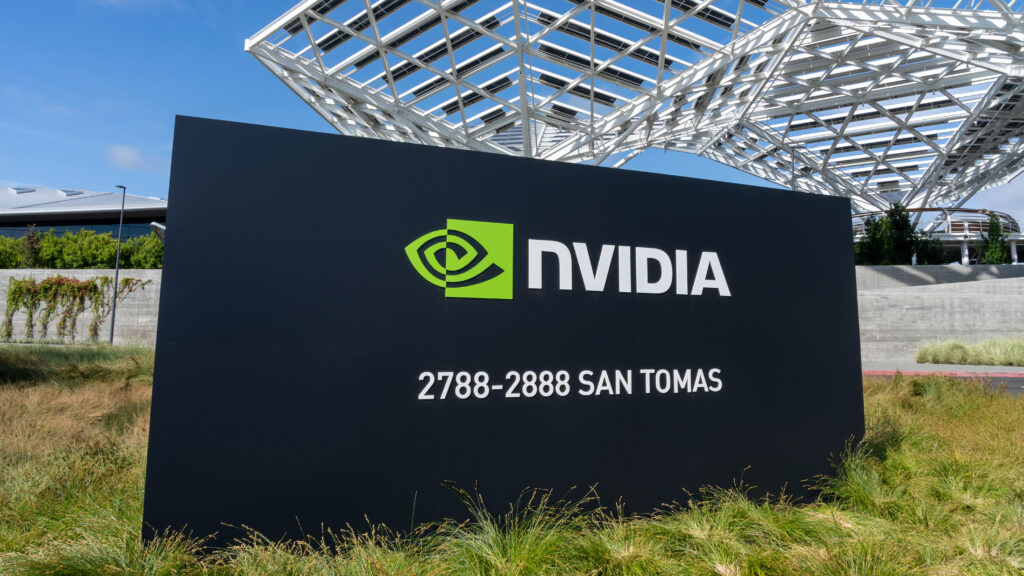Biden’s Bill – who will benefit the most?
The ink has barely dried on President Joe Biden’s bill as he sets out the first part of his government’s ‘Build Back Better’ infrastructure bill. Also known as the ‘American Jobs Plan’ this bill is set to have a wide-reaching impact on many aspects of life and work for millions in the US. It intends to help the country to retain its status as a global leader of industry, rivaling the likes of China in existing and emerging markets.
Let’s take a look at why this bill is needed, what provisions have been put in place, and which industries are set to benefit the most. It might help you to find out which sectors are worth considering investing in as the bill passes through the government and is rolled out.
What is the infrastructure bill?
The first part of the bill is a 2 trillion-dollar package that aims to reshape and rebuild the country’s infrastructure and boost its flagging economy. The bill has a vast remit addressing both economic and social issues, from improving 20,000 miles of roads and rebuilding 10,000 bridges, to tackling climate change head-on
It’s also putting measures in place to challenge the racial inequalities in US society that have led to nationwide civil unrest in recent months and years.
Why is the bill needed now?
COVID-19 couldn’t have come at a worse time. Raging through the world, killing millions, destroying millions of jobs, and exacerbating historic environmental, economic and social injustices. And all of this has happened just when science told us in no uncertain terms that we have no further time to delay when it comes to climate change.
With this new bill, Biden is seizing the moment to invest in sustainable job creation and clean energy, alongside reinvigorating regional economies, in the hope that new and better products can be manufactured and built by American workers, with materials and parts supplied by small and family businesses, rather than outsourced to other parts of the world.
The 2 trillion dollars are set to help young people enter the workforce and for older workers to move into new, future-proof professions as some parts of the old economy are starting to disappear.
Biden’s plan will also provide support for workers to set up unions and negotiate fairer pay and better working conditions with their employers as the middle class is rebuilt for a stronger, more sustainable future.
In addressing climate change the bill aims to ensure that communities that have suffered most from the devastating effects of pollution will be the first to benefit from improvements in air quality, including those on low incomes in both rural and urban areas, people of color and native communities.
Which industries will benefit the most from the bill?
The bill’s 2 trillion-dollar budget will be invested across several key sectors in need of revolutionizing, refreshing and reorganizing:
America’s aging infrastructure
Biden’s bill is often referred to as the infrastructure bill. It is designed to rebuild America’s flagging infrastructure by US workers. Those workers will be trained and supported in making wide-reaching improvements to roads and bridges, green spaces, water systems and electricity grids. They will also be implementing what’s needed for universal access to fast and affordable broadband. Changes will be made to address and protect from the impact of climate change which will, in turn, improve public health and quality of life.
A million new auto-industry jobs
One of the industries to benefit from Biden’s new bill is the once-mighty US auto industry. The bill aims at creating one million jobs, some in parts manufacture and others in electric vehicle charging. All jobs will be unionized to ensure fair and equal treatment for workers.
Zero-emissions transport systems for every major city
Every US city with a population of 100,000 or more will be provided with a zero-emissions public transportation system. There will be a range of options to choose from, including light-rail networks, improving existing bus lines and better infrastructure for pedestrians and cyclists. Through federal investments with strong labor protections, the plan is to create long-term jobs that ensure transportation is safe, efficient and environmentally friendly.
Buildings and homes upgrades
Over the term of the bill, four million buildings will be upgraded, and 21 million homes will be weather protected, creating at least one million skilled and sustainable jobs. The building retrofit and efficient appliance manufacture supply chain will also be stimulated by funding direct cash rebates and low-cost financing to upgrade and electrify home appliances and install more efficient windows, which will cut residential energy consumption and costs. Over 1.5 million sustainable homes and housing units will also be constructed.
With so much invested in improving government buildings and constructing safer and more sustainable homes, the list of industries expected to prosper includes building materials suppliers, steel manufacturers and suppliers, and Real Estate Investment Trusts (REIT), who manage properties on behalf of shareholders.
The power sector will be carbon-free by 2035
Highly ambitious moves will be made to generate clean, US-made electricity that will help the country achieve a carbon pollution-free power sector by 2035. Not only will these measures go a long way towards combating climate change, but they’ll also create millions of new jobs, an integral part of all areas of the bill.
Pioneering innovations in clean energy
Critical cost reductions in clean energy technologies will be made, including battery storage, negative emissions technologies, renewable hydrogen, and in creating the next generation of sustainable building materials. These sectors will also be rapidly commercialized to ensure that new technologies are made, and continue to be made in the US for the long term.
Agriculture and conservation: Around 250,000 jobs will be created to plug abandoned oil and natural gas wells, and to reclaim abandoned coal, hard rock, and uranium mines, in a set of climate-smart agriculture and conservation measures. The aim is to reduce leakage of toxic substances, preventing local environmental damage, particularly in hard-hit, low-income communities.
Environmental justice to be served for affected communities
How, where and with whom America creates and builds will be of the utmost importance for the duration of Biden’s bill. It tries to right some of the wrongs that have been inflicted on low-income and tribal communities, along with communities of color.
What impact will the plan have on markets?
Biden’s plan is a radical one and may result in a higher rate of inflation, even though it proposes to fund itself through tax rises. This is partly because Republican opposition might require to scale back tax increases, which will necessitate Biden’s government to borrow more money to deliver the plan. This could lead to higher inflation and potentially nudge bond yields up higher.
The breakdown of spending holds many key insights for potential investors. The plan will be partly funded through a hefty increase in corporate taxes on multinational companies that make most of their profits overseas. The bill’s focus is on American manufacturing, an area that should see exponential growth. Many large companies are likely going to try to avoid tax increases by moving their business and manufacturing back to the states.
Big tech stocks, which have performed well over the past decade of falling interest rates, might come under pressure as governments around the world are increasingly trying to crack down on hospitable tax regimes.
The bill is great news for the electric vehicle industry, as big investments are set out for the sector, so some investors are expecting high growth in that area. Others argue that this is already reflected in the current share price.
The plan will certainly benefit companies in engineering and construction. Commodities are likely to be the true winners as investments in domestic manufacturing, fixing roads, bridges and ports will drive the next commodity supercycle.
The bill aims to increase America’s competitiveness in world markets, helping to counteract the continuous rise of China by creating millions of new jobs in the new economy, including those in emerging industries like AI.
Biden’s plan is a firm nod of acknowledgment to the fact that the US must bring back home their own companies and rise in global rankings to retain a place as one of the world’s superpowers. It yearns to be a global force to be reckoned with in terms of industry and manufacturing.
For full details on Biden’s American job plan, click here for a statement from the White House.






